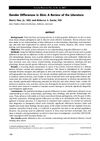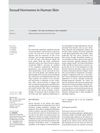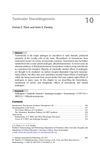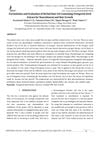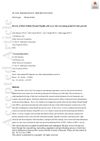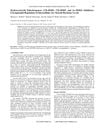Testosterone Prevents Cutaneous Ischemia and Necrosis in Males Through Complementary Estrogenic and Androgenic Actions
March 2017
in “
Arteriosclerosis, thrombosis, and vascular biology
”
TLDR Testosterone helps prevent skin damage in males by acting through both estrogen and androgen pathways.
The study concluded that testosterone prevented cutaneous ischemia and necrosis in male mice through complementary estrogenic and androgenic actions. Testosterone and its metabolite dihydrotestosterone (DHT) promoted skin survival and revascularization via androgen receptor activation, while estrogen (E2) prevented necrosis through estrogen receptor-α activation. DHT was more efficient in arteriolar remodeling, and E2 notably increased hyaluronic acid synthesis and skin viability. The findings underscored the importance of sex hormones in maintaining skin integrity and suggested different responses in males and females, with significant medical implications.
